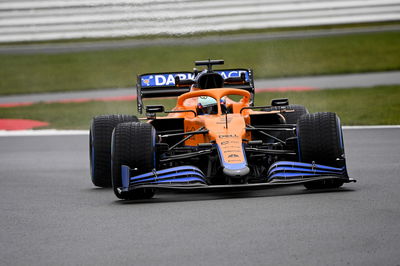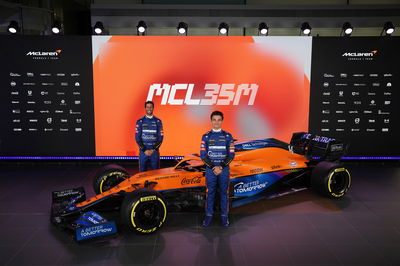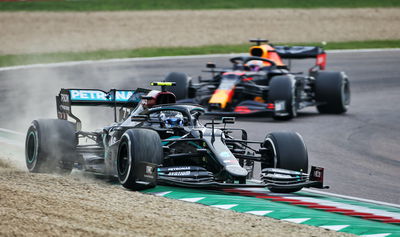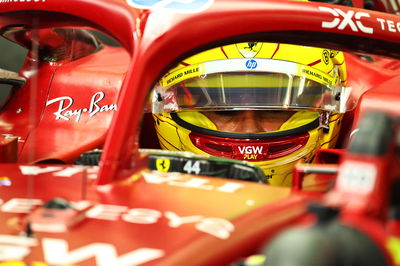McLaren to take F1 car development decision after opening races

McLaren is aiming to make a fast start to the 2021 Formula 1 season so that it can switch its full development focus to its 2022 car as early as possible.
With the carry-over of a significant quantity of mechanical parts from last season to this one ahead of sweeping regulation changes coming into force in 2022, teams have had to work on the development of their 2021 and 2022 cars in parallel.
McLaren’s switch to Mercedes power units over the winter meant it has had more work to do in the off-season than most teams, though it was still able to begin production of its 2022 car once the window for aerodynamic development opened on 1 January.
The introduction of a new sliding scale for aerodynamic testing based on the team’s success on track further complicates the picture, with McLaren’s time on the wind tunnel and CFD restricted more than many of its midfield rivals as a result of the Woking squad finishing third in the constructors’ championship last year.
Speaking at the launch of its 2021 car - the MCL35M - McLaren team principal Andreas Seidl acknowledged the need for his side to ensure it begins the upcoming season strongly so that it can pile more attention onto next year sooner.
“I think it’s no secret, and it’s the same for all teams, that we’re working as well on next year’s car in parallel, since the 1st of January,” said Seidl.
“I think what is important now – and everyone will try that – is to have a really good start of the season because that would obviously help with the decision to switch to next year’s car as quickly as possible.
“From our side, we simply want to be competitive also this year, so that’s a decision we’ll have to take after the first races, [on] how do we keep developing this year’s car.
“I think for our journey it is important to also have a good season this year, to keep this positive momentum up, but it’s also important to keep in sight the big picture as over the next years we want to simply close the gap to the teams in front of us.
“We want to be in a position we were some years ago, to fight for race wins, so I think it is important to use the new regulations, in 2022 – which are a big change – as an opportunity as well. And that’s where we are right now.”

While technical director James Key admitted that the dilemma of being penalised by the new sliding scale system is now “part of the game” for F1 teams, he insisted it will only have a “minor effect” on how McLaren balances its development.
“There’s a sliding scale related to championship positions and how much wind tunnel time, but it’s not too steep,” Key explained.
“Obviously from first to tenth there’s quite a big difference but spreading across each team it’s not massively steep, it actually gets steeper in 2022 when it really kicks in.
“Yes, it does slightly compromise you if you’re further up the grid. It’s one of those conundrums, do you go down one position one year to be in a better position for the next year? I think we were well aware of that when we’re fighting for that position last year and you compensate for it.
“We do have some good insights from CFD here, we’ve invested in that recently, which is great, so I think that we will accept that if you finish high up, you then will be penalised in wind tunnel time in the future – it’s part of the game now.
“I suppose it can have a minor effect on how we split our time between the 2021 and the 2022 cars but it’s not going to govern how we’ll handle that,” he added.
“I suppose it will be similar programming and timing, number of weeks on each car as we’ve been planning, but it would have been slightly changed if we had been seventh or eighth in the championship and had loads of more hours, so you could do things differently.
“I think the effect is minor, as far as we are aware. It’s going to be a challenging year, with the cost-cutting in place, trying to run these two cars together but, of course, that’s the same for every team.”












